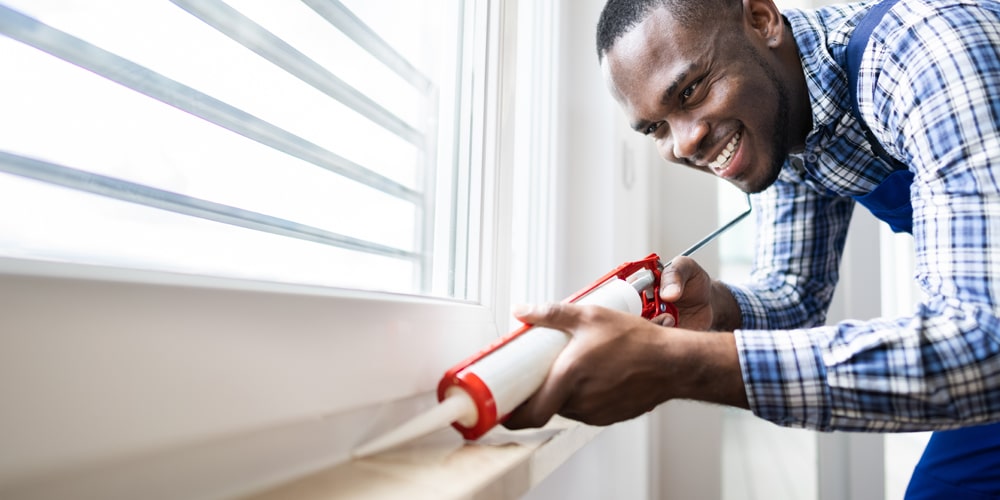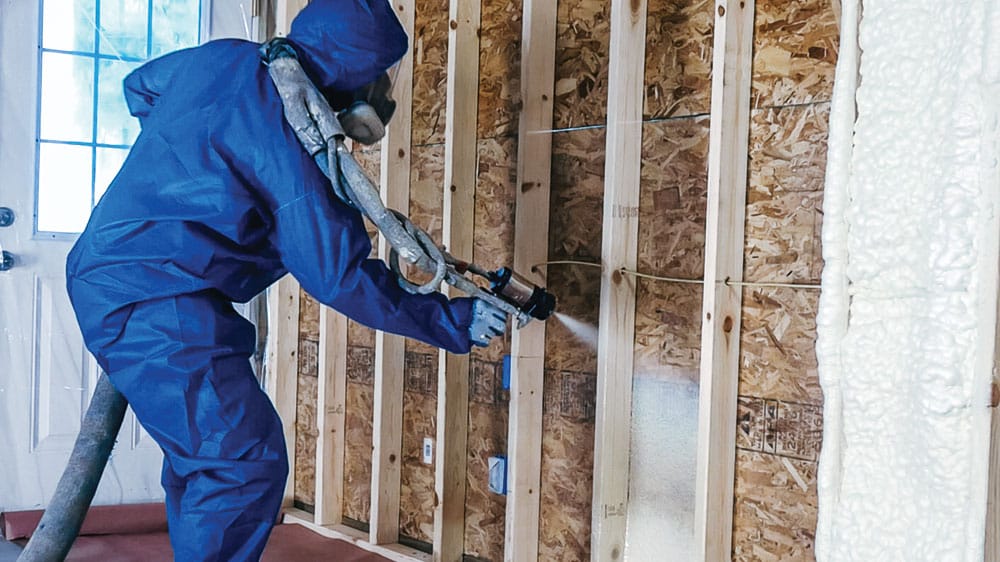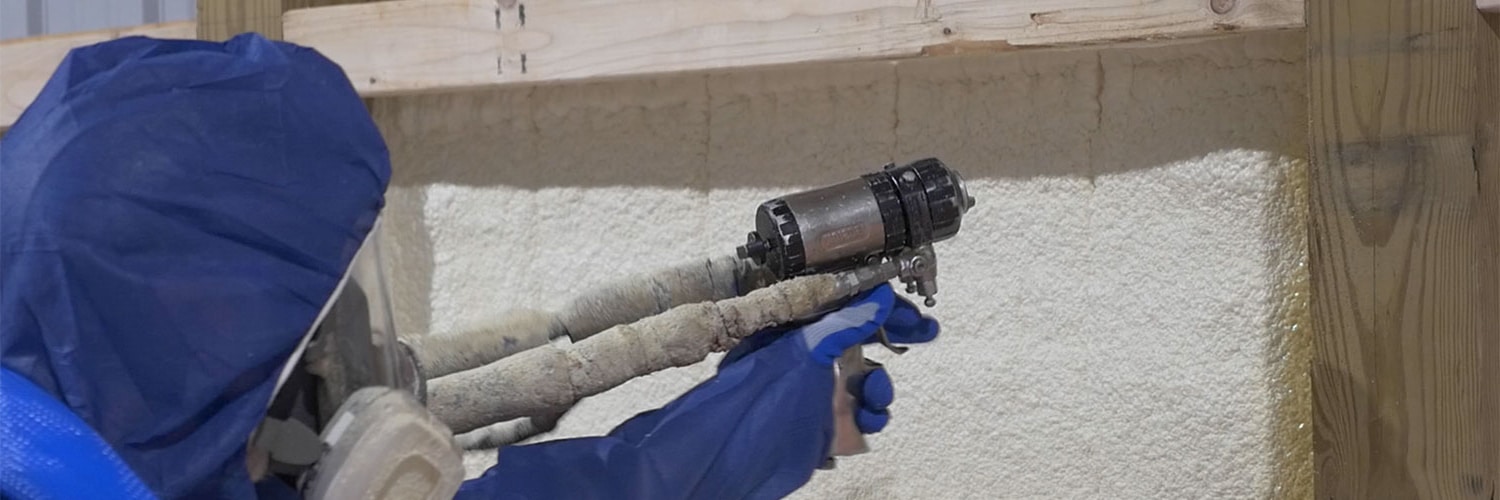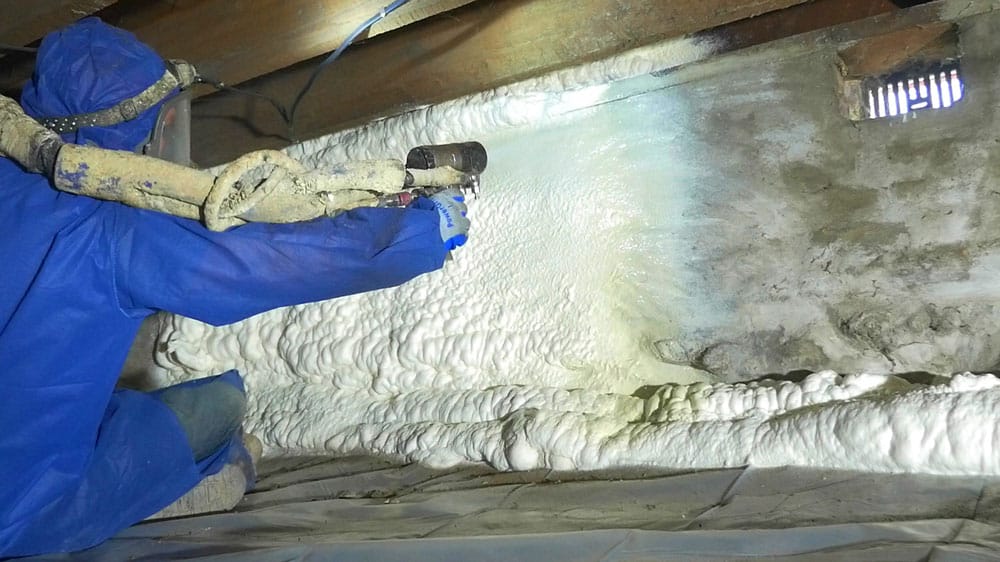When it comes to home insulation, you’ve got options – lots of them.
From spray foam and injection foam to fiberglass and cellulose, the choices can feel overwhelming. So, how do you decide what’s best for your home?
Choosing the best home insulation depends on several factors, including your home’s structure, your energy efficiency goals, and your budget.
At RetroFoam of Pittsburgh, we’ve been helping homeowners improve the comfort and energy efficiency of their homes for years. We know a thing or two about what works and what doesn’t. Let’s explore the best insulation for your home and help you make an informed decision.
Why Insulation is Essential for Your Home
Before diving into the options, let’s talk about why insulation matters.
Proper insulation keeps your conditioned air inside where it belongs, reducing energy loss and helping your HVAC system work more efficiently. It also seals your home’s building envelope, the barrier that separates your cozy living space from the elements outside.
Not all insulation materials are created equal when it comes to air sealing. While some do a great job creating a barrier against airflow, others might allow drafts, reducing your home’s energy efficiency and comfort. This makes choosing the best insulation material for your home a critical decision.
How to Choose the Best Insulation for Your Home
Selecting the best home insulation boils down to answering a few key questions:
- What areas of your home need insulation?
- Are you looking for a DIY option, or will you hire a professional?
- What’s your budget?
- What are your energy efficiency and comfort goals?
Let’s break down the options for common areas in your home to make the decision easier.
Best Attic Insulation: Spray Foam vs. Fiberglass vs. Cellulose
Your attic plays a massive role in your home’s energy efficiency.
If you’re struggling with high energy bills or inconsistent indoor temperatures, your attic insulation might be to blame.
Here are the top insulation materials for attics.
Attic Cellulose Insulation
- Pros: Affordable and made from recycled materials like newsprint or denim. It’s easy to install as a DIY project.
- Cons: It can settle over time (up to 20 percent), leaving gaps in coverage. It doesn’t create an air seal, allowing hot or cold air to pass through it.
Attic Fiberglass Insulation
- Pros: Inexpensive and widely available. It’s also a popular DIY option.
- Cons: The tiny glass fibers can be hazardous to your health, irritating skin and lungs. Like cellulose, it doesn’t create an air seal.
Attic Spray Foam Insulation
- Pros: Creates an airtight seal, filling every nook and cranny. It helps maintain a consistent indoor temperature, reduces energy bills, and doesn’t settle over time. It’s also Class One Fire Rated, meaning it won’t ignite or spread flames.
- Cons: Higher upfront cost and requires professional installation.
Best Insulation Choice for Attics
Spray foam insulation offers the best performance, especially if you’re looking for long-term energy savings and comfort.
Best Insulation for Existing Walls: Injection Foam vs. Blown-In Cellulose
Adding insulation to existing walls can feel like a challenge, but it’s entirely possible without a full remodel.
The two best options are injection foam and blown-in cellulose.
Existing Walls Blown-In Cellulose
- Pros: Affordable and resistant to heat transfer. It helps with conduction, the movement of heat through materials.
- Cons: It doesn’t seal air leaks, so drafts may still occur. Over time, it may settle, leaving gaps in your walls.
Existing Walls Injection Foam
- Pros: Creates an airtight seal that stops drafts, reduces energy loss, and helps with moisture control. It also doesn’t settle, ensuring consistent performance over time.
- Cons: Requires professional installation and comes with a higher upfront cost.
Best Insulation Choice for Walls
Injection foam is ideal for homeowners seeking energy efficiency and long-term comfort.
Best Crawl Space Insulation: Spray Foam vs. Fiberglass
Crawl spaces are notorious for being damp and drafty, which can lead to mold, mildew, and energy loss.
The right insulation can make a big difference.
Crawl Space Fiberglass Insulation
- Pros: Affordable and easy to install.
- Cons: Prone to moisture retention, which can lead to mold and reduced insulation effectiveness. It also doesn’t create an air seal.
Crawl Space Spray Foam Insulation
- Pros: Creates an air seal and doesn’t retain water, making it resistant to mold and mildew. It also insulates against heat loss and drafts.
- Cons: Higher upfront cost and professional installation is required.
Best Insulation Choice for Crawl Spaces
Spray foam insulation is the winner for crawl spaces, offering superior moisture resistance and energy efficiency.
Best Rim Joist Insulation: Spray Foam vs. Fiberglass
The rim joist – where your walls meet the foundation – is often overlooked, but it’s a major source of drafts and energy loss.
Rim Joist Fiberglass Insulation
- Pros: Inexpensive and easy to install.
- Cons: Prone to moisture issues and doesn’t create an air seal. It can also encourage mold growth when condensation forms.
Best Insulation Choice for Rim Joists
Spray foam insulation provides the best performance for sealing air leaks and resisting moisture.
What is the Best R-Value for Home Insulation?
You’ve probably heard about R-Value, which measures how well insulation resists heat transfer.
While R-Value is important, it’s not the only factor to consider. A high R-Value is great, but if the material doesn’t create an air seal, your home will still be inefficient.
Spray foam insulation combines a competitive R-Value with an airtight seal, making it one of the most effective options for overall performance.
What is the Healthiest Type of Home Insulation?
Health concerns are another factor when choosing insulation.
Spray Foam insulation is a top choice for creating a healthier home environment because it doesn’t retain moisture or encourage mold growth.
Unlike fiberglass, it doesn’t release airborne fibers that can irritate your skin and lungs.
Making the Best Choice for Your Home
When deciding how to choose the best insulation for your home, consider your specific needs, your budget, and your long-term goals.
If you’re looking for a one-and-done solution that boosts energy efficiency, comfort, and air quality, spray foam and injection foam insulation are excellent choices.
If you’re in the greater Pittsburgh area and ready to make your home more comfortable and energy-efficient, contact RetroFoam of Pittsburgh for a free estimate at 412-228-4506 or fill out the form on our website.







